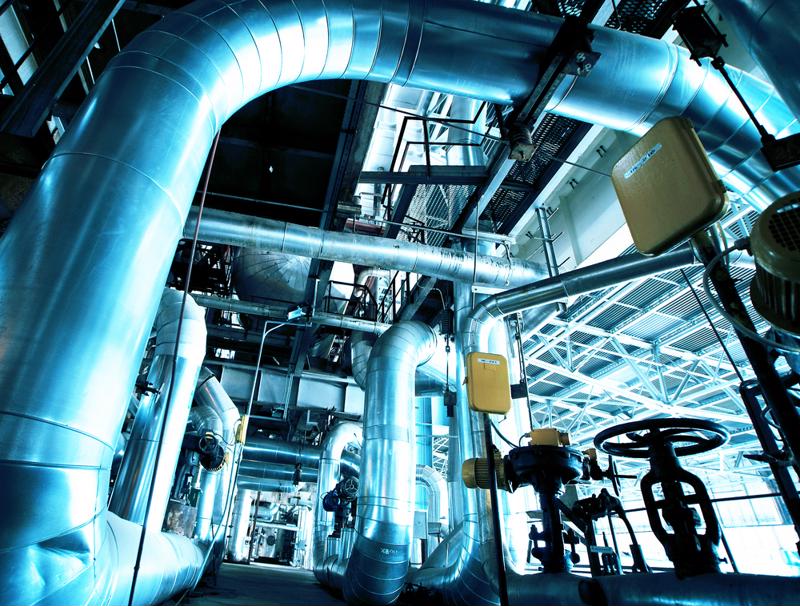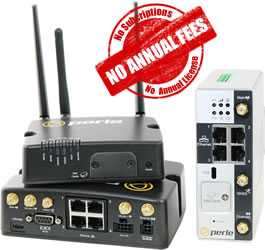
Condition-based monitoring promises industry revenue increase
By Max BurkhalterMarch 15, 2022
The Internet of Things (IoT) has enabled predictive maintenance for many industries. The implementation of sensors designed to forecast potential equipment wear and tear in advance of malfunction has had a positive impact on the productivity levels of many businesses.
Condition-based monitoring (CBM) is maximizing revenue potential by protecting industrial equipment from the downtime associated with repair.
Natural Evolution
A report published on IXON detailed the benefits of CBM by charting the progression of maintenance strategies over the years.
Reactive maintenance involves waiting until a piece of equipment or machinery breaks down before repairing. According to the scale provided by IXON, this reduces the original operational effectiveness (OOE) of the equipment by over 50%.
Planned maintenance, while providing a much-improved OOE of 50-75%, still requires the downtime associated with regularly scheduled repairs.
Proactive maintenance, once considered the optimal strategy for machine repair, retains 75-90% of original operational effectiveness.
Predictive maintenance, heralded by the arrival of IoT powered sensors, collects real-time data from equipment in order to detect potential wear and tear well before operational fault. Thanks to advances in IoT technology, predictive maintenance allows for greater than 90% OOE.
Condition monitoring, another name for predictive maintenance, enables profit for both the equipment manufacturers and the industries in which they operate. By alerting owners as to the need for proactive repairs based on data collected from IoT sensors, manufacturers can maximize profit by selling parts to happy customers who aren't reaching out when their equipment suddenly fails.
In turn, the operators of the equipment can ensure production schedules aren't affected by malfunction by arranging repairs during off-production hours.
Tools of the trade
An article published on the Prometheus Group website outlines the importance of CBM for industry, with specific examples given to the types of sensors readily available for today's business owners.
Among the most common condition-based monitoring tools, vibration analysis and vibration monitoring sensors measure changes in the amplitude, frequency and intensity of reverberations on high-powered equipment. These finely tuned instruments detect the slightest changes in the tenor of a machine, and communicate the associated data back to the manufacturer and owner.
Studying vibration measurements enables the ability to diagnose imbalance, looseness or misalignment.
Oil analysis pertains to the testing of lubricants. By monitoring wear particles, water contamination and viscosity, heavy machinery malfunctions attributed to the corrosion or contamination of fluids can be detected well in advance of failure.
Acoustic analysis measures changes in frequency in order to determine the potential of an equipment fault.
Sonic measurement involves the use of a microphone and is a key indicator of lubrication variance. Ultrasonic analysis goes beyond human audio frequency recognition capabilities, and can filter out unnecessary audio tones, making it an essential addition to noisy manufacturing environments.
Perle powers industry
Perle SFP optical transceivers are just one of the array of technologies designed to help relay the information captured by today's leading condition-based monitoring systems.
To learn more about how Perle is advancing industrial automation by providing data acquisition, integration and diagnostic sensors, visit our industrial solutions page.




